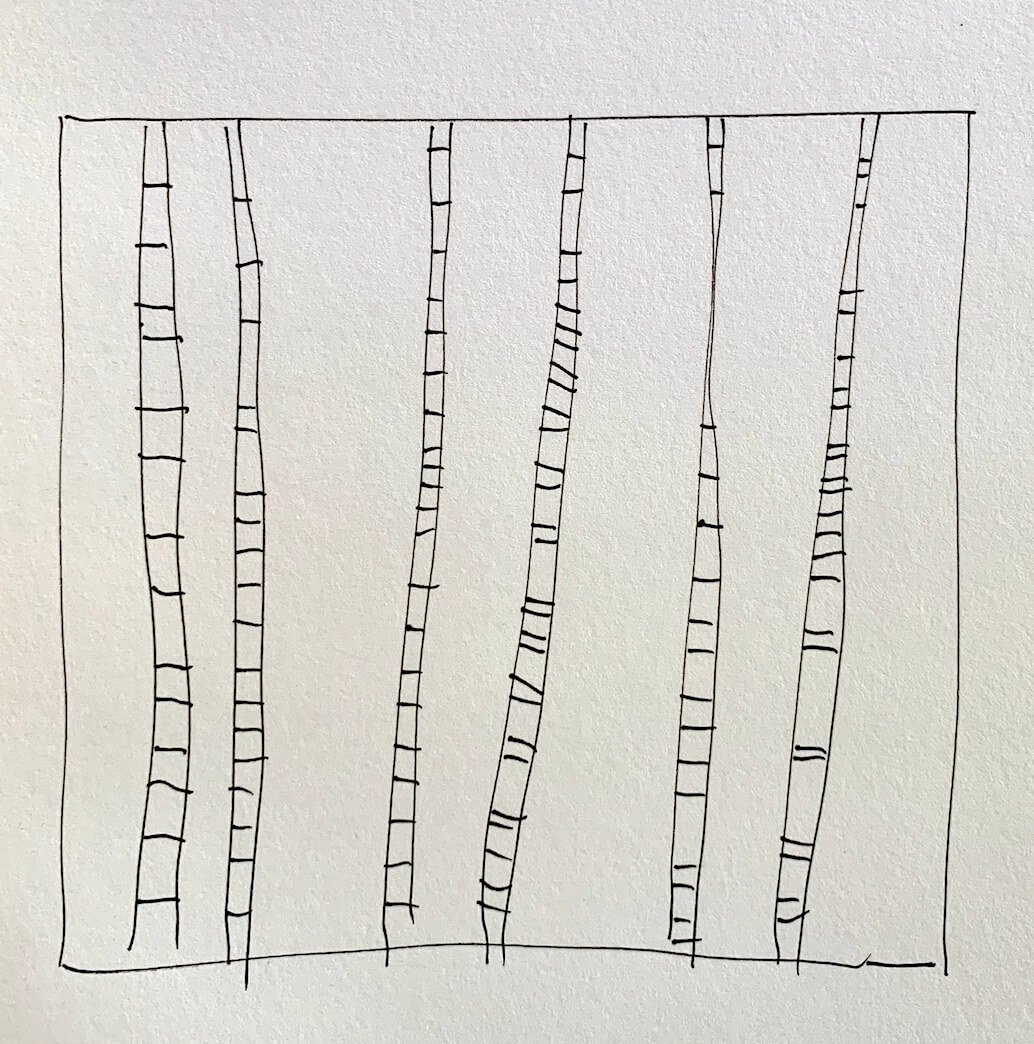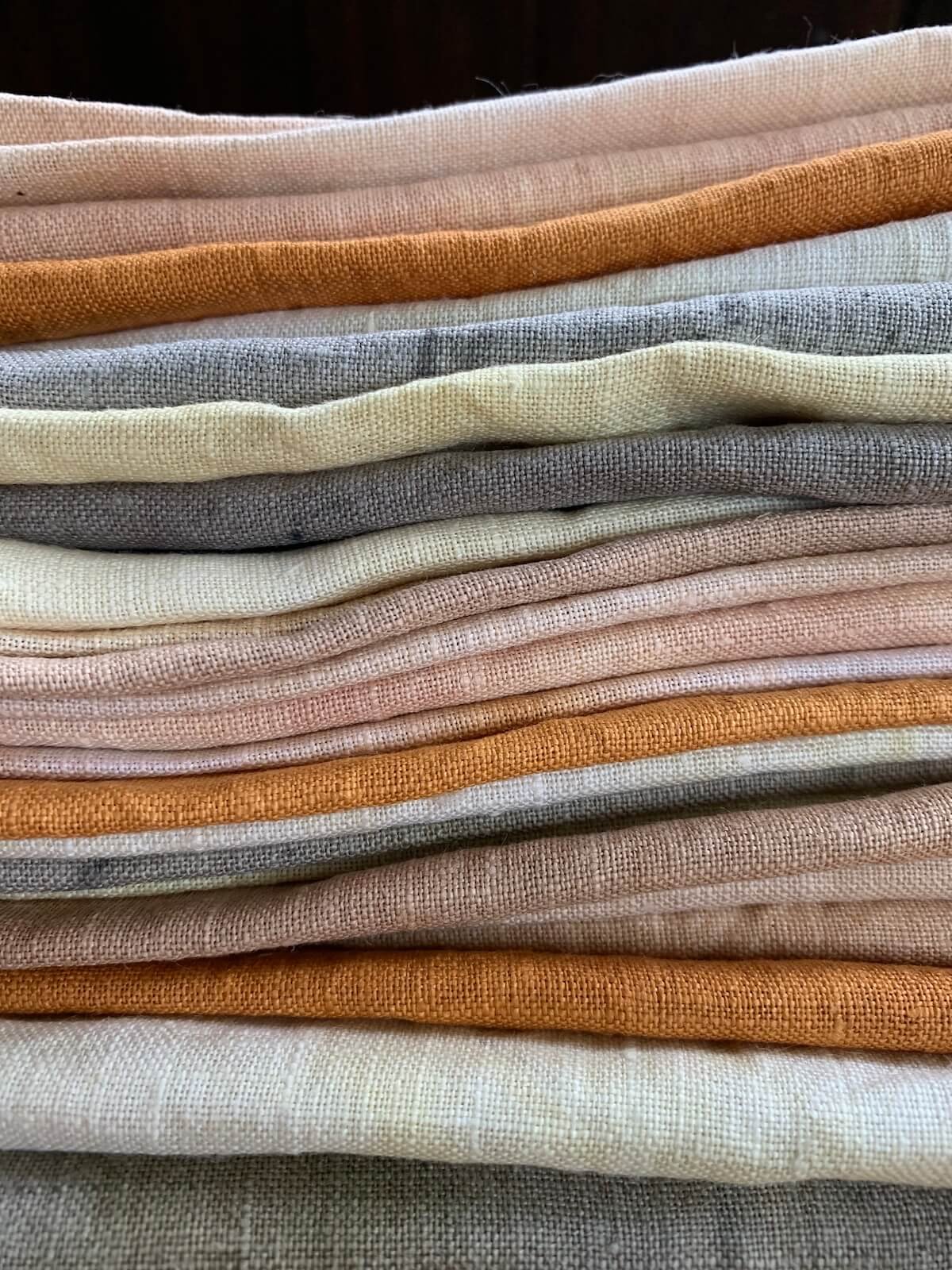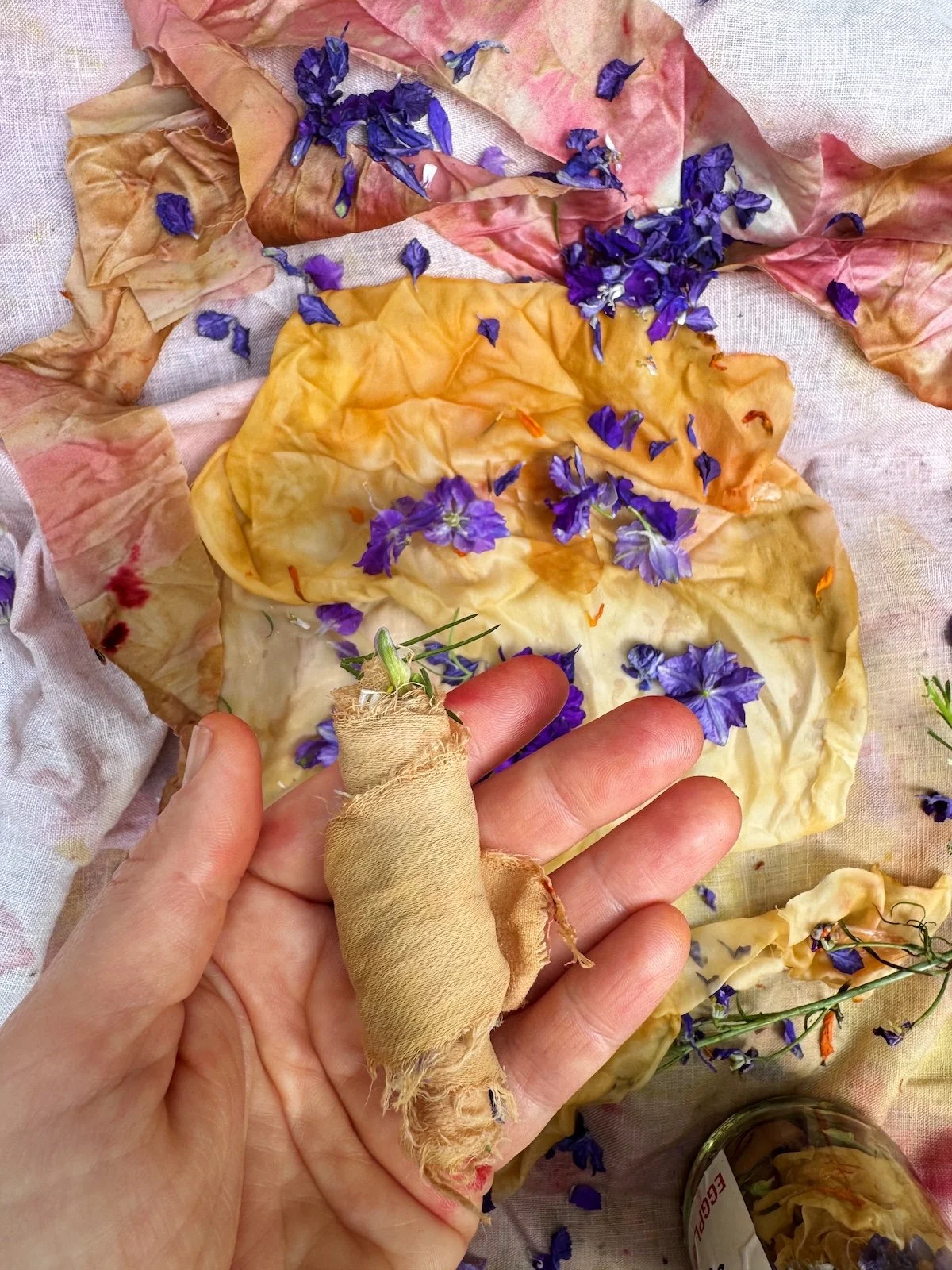play with improv quilting on a cold Winter’s day
I started this little play exploration quite a while ago. I can’t find the original photos (deleted ? lost in my terrible archiving situation?), but there is this little video on Pinterest that you can see. I pulled these out as part of my clean up cupboards and work on some WIPs. I’m not sure that I love these or if they’ll actually become a ‘thing’. And I don’t actually have much fabric at all, so it couldn’t even be anything big. And I don’t want a cushion or bag or anything out of these…
But sometimes it’s good to just work and play with things, without having a full view of it ahead. I had these fabrics already and they sort of worked and I was excited to see how they played together. The floral I’ve had for about 12 years, when I used to buy that American quilting cotton. I never bought much of each design as I never had an actual project in mind, so it means that I have heaps of fat 1/4s or 1/2 meters of various designs.
I’ve played with some straight pieces pieced together, some curved lines and some triangles. Basically working with the sizes of the fabric scraps and also seeing what each piece wanting to do. It’s that combination of seeing what the fabric is telling me - that listening and conversation with your materials. But during the improv stage I want to look ahead and see what the actual design is asking as well.
It’s a mix of intuition, exploration and some understanding of composition; which I think does come from the doing of it and continuing to see what evolves from each time you keep doing. Practice. Making mistakes. Looking, assessing, asking questions about what works or doesn’t work. Trusting your instinct.
Perhaps if you’re not so sure of the composition side of this sort of thing you can start simple - straight lines and squares. Looking at some basic art books explaining composition. I can talk about this another time, if you’re interested. I know basic composition from high school art, from taking photos and from playing and seeing. And using my eye and trusting my eye.
At this stage I think I will cut these up into strips and then piece them back together. I’d like to use a darker colour then to have as a sashing between the strips, sort of like this:
I do share more about my personal way of piecing quilts in my online course, but really it’s about letting go, not worrying about lines and seams squaring up or joining exactly - oh no.. please please don’t get caught up in needing to think or be scared of making every single seam the perfect 1/8” seam allowance or every seam having to face the correct way.
Also, I find that not over-thinking does help. Getting into a rhythm and a flow - I talk about flow in my book ‘Mindful Thoughts for Makers’ and I really do think it’s one of the most important parts of the creativity of making. It takes our work from following a pattern or making a thing to that elevated enjoyment, perhaps the art-version of it (without having to actually classify or qualify it as ‘art’).
Getting into that flow allows the intuitive side of you to come out to play more. When you’re in that space, don’t edit your work, don’t allow the critic to talk. Just go at it with a sense of “what would happen if I did this or this, or how about if I added this colour or this shape”.
You can edit your work after you’ve finished a session of making. Perhaps you’ll spend half an hour in the flow and then after that you can stop and critique, edit, question, see what you learned, what things show up for you, what you like about the piece, what you don’t like about the piece. But, please please don’t do that during the actual stitching, cutting, play, explore of the time.
These are separate processes in our minds and as such need separate time to do their work. Both are important, but don’t let one - the critique - overshadow the other.
It’s cold here today, day 2 of Winter. My feet are cold - even though I have thick socks on, but a bare wooden floor. I need to bring a rug in under my sewing table. Of course it will just be another thing to vacuum, or always be covered in threads. Either way it’s much better than being cold isn’t it. I hate having cold feet. I need a hot water bottle in bed at night, because if I get in with cold feet (and no hot water bottle - a ‘hottie’ as we call them) the only way that I can warm my feet is by stealing the warmth from my other bed hottie, my husband.
So I guess I better get some quilt tops made and sandwiched together, so that I can sit on the couch with my feet tucked up hand stitching them.
I know that while this isn’t officially finishing WIPs it is taking fabric and doing something with it. Maybe getting closer to deciding where the fabric should go, instead of it sitting in a hidden pile. Even if I stitch it together and decide I don’t like it; I could make a small quilt, or a table runner or anything else and gift it to someone else. I know that there’s always someone who loves a person’s makes. We all have different tastes in colour and pattern, and that’s the wonderful thing. So, I am getting this to a better stage of crossing it off a WIP list.
How’s WIP month going for you? You can see the other things I’m working through here. And also what people are exploring and sharing on our Stitch Community page here. (You can join for free or by pay-what-you-want, details are here).















